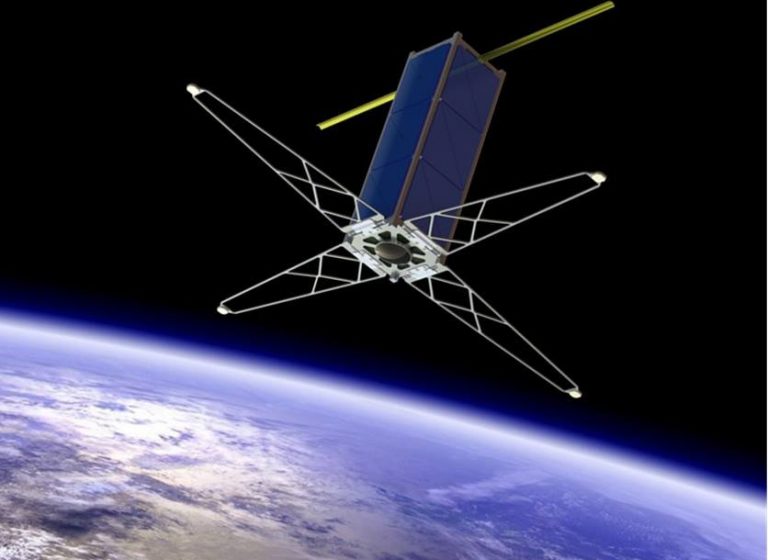Harwin connectors fulfil vital role during successful CubeSat launch into space
Harwin, the leading hi-rel connector and SMT board hardware manufacturer, is delighted to congratulate Warwick University on the successful launch its WUSAT-2 satellite. The student-run project, which has now built and launched a small 10x10x10cm CubeSat satellite into space, relies on high-reliability, miniature connectors from Harwin to provide the vital interconnect used in experimental equipment carried by the satellite.
Overseen by the European Space Agency (ESA) and launched from the Swedish Space Centre as part of the joint German Aerospace Center (DLR) and Swedish National Space Board (SNSB) REXUS/BEXUS programme, the mission, according to Dr William Crofts, Director of Warwick Satellite Programme (www.warwick.ac.uk/cubesat) at the University of Warwick, went very smoothly. “The launch was almost on time, the nose-cone deployed exactly on time, the satellite ejected, the comms system powered up, and we received data signals at our ground station.”
He continues: “This is the first time that data has been successfully transmitted and received from an ESA/Rexus launched unit on re-entry – an amazing achievement. We have a lot of data now to be analysed, and we are hoping to estimate the speed of the satellite via the Doppler shift of the radio signals.”

Harwin’s Datamate, Gecko and M300 high-reliability connector systems are designed to withstand the severe shock and vibration and temperature conditions experienced by satellites on launch and during deployment. They are also suitable for other demanding applications such as commercial and defence aerospace, oil and gas exploration, robotics, UAVs, motor sport, military vehicles and other mission-critical projects. Harwin sponsors many diverse university projects worldwide.
Concludes Crofts: “We are hopeful of a full orbital launch for WUSAT-3 in the future, and there is a real chance that we may even be able to see deploying WUSAT-3 from the International Space Station.”

Uh oh, it looks like you are using an outdated browser version.
Some functions may not work as expected on Harwin.com in your current browser. For the best experience, more security and speed, we recommend updating your browser to the latest version.
(if you are using Internet Explorer, we recommend switching to an alternative browser.)
Still having issue? Contact [email protected] for help.



